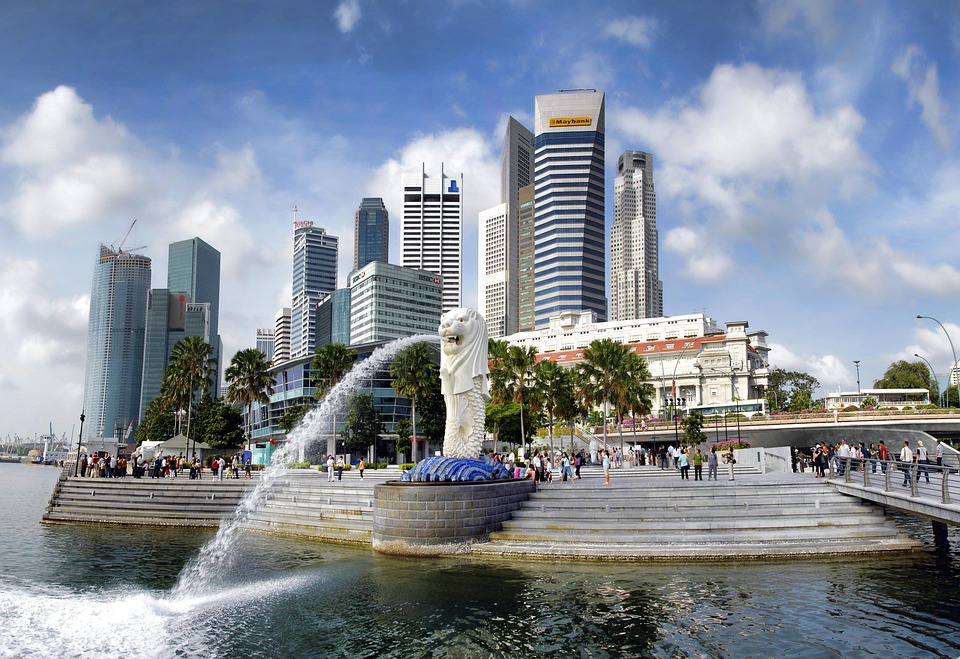As China-Singapore economic and trade cooperation deepens, timepieces—an advantageous export category of China’s light industry—continue to grow in the Singapore market. Below, we systematically outline the export process, market-access rules, and key considerations for shipping Chinese timepiece products to Singapore, hoping it will be of help to everyone.

Essential Documents Checklist
1. Certificate of Origin
- FORM E Certificate: Applicable under the China–ASEAN Free Trade Agreement, it can reduce or exempt a 7% consumption tax. It must be processed through the Commodity Inspection Bureau or a third-party agency, and requires documents such as the packing list, invoice, and bill of lading.
- FORM X Certificate: Exclusive to the China–Singapore Free Trade Agreement, it offers deeper tariff reductions (zero tariff on some products), must be applied for separately, and is valid only for the Singapore market.
- General Certificate of Origin (CO): A non-preferential certificate applicable in cases where no tariff reduction or exemption is required.
2. Business and Logistics Documents
- Commercial Invoice, Packing List, Bill of Lading.
- Contract (specify trade terms and payment method).
3. Inspection and Quarantine Documents
- Inspection Certificate (applicable to watch and clock products listed in the statutory inspection catalog).
- Packaging declaration (if wooden packaging is included, a fumigation certificate must be provided).
4. Certification Documents
- Singapore PSB Safety Certification (timepieces containing electronic components must pass electromagnetic compatibility testing).
- Conformity Test Report (referencing ISO/IEC standards, such as seismic resistance, waterproof performance, etc.).

Admission Requirements and Technical Specifications
1. Regulatory Basis
- Must comply with Singapore’s Consumer Protection (Consumer Goods Safety) Regulations (CGSR); timepieces fall under Category 1 and shall meet ISO 1413 (Horology—Shock-resistant watches) or ASTM F2996 (Safety Specification for Children’s Watches).
2. Labeling and Ingredient Restrictions
- Strap material must be specified (e.g., leather, silicone, etc.), and materials containing azo dyes are prohibited.
- Children’s watches must pass the small-parts choking-hazard test (refer to EN 71-1 standard).
3. Enterprise Qualifications
- Exporters must complete China Customs registration and Singapore importer registration (the latter can be handled through a local agent).
Practical Precautions for Export Operations
1. Tariff and Customs Clearance Optimization
- Prioritize using the FORM X certificate to enjoy zero-tariff treatment (covering 97% of product categories after the 2019 agreement upgrade).
- Leverage the "one-time entry, simultaneous declaration" system in pilot regions such as Zhejiang and Jiangsu to reduce the cost of repeated customs declarations.
2. Packaging and Logistics
- Fragile clocks and watches must be packed with a wooden frame or crate, and the outer carton must be marked with a "Fragile" label.
- Logistics documents must be identical to the actual goods; avoid including any unrelated items (such as prohibited products like e-cigarettes).
3. Risk Prevention and Control
- Regularly check for compliance updates from Singapore’s SFA (Singapore Food Agency) and SPRING (Standards Council) to guard against technical barriers to trade.
- Purchase export credit insurance to hedge against exchange-rate fluctuations or buyer default risks.

結論
When exporting timepieces from China to Singapore, companies must balance document compliance, technical adaptation, and process optimization. Enterprises should fully leverage the benefits of the free-trade agreement while keeping a close eye on Singapore’s evolving regulatory requirements (e.g., the 2024 energy-efficiency labeling rules for electronic consumer goods). It is advisable to engage professional agencies to boost customs-clearance efficiency and reduce compliance costs. Finally, we wish everyone smooth and successful exports!


 カスタマーサービスWeChatをフォローしてください
カスタマーサービスWeChatをフォローしてください